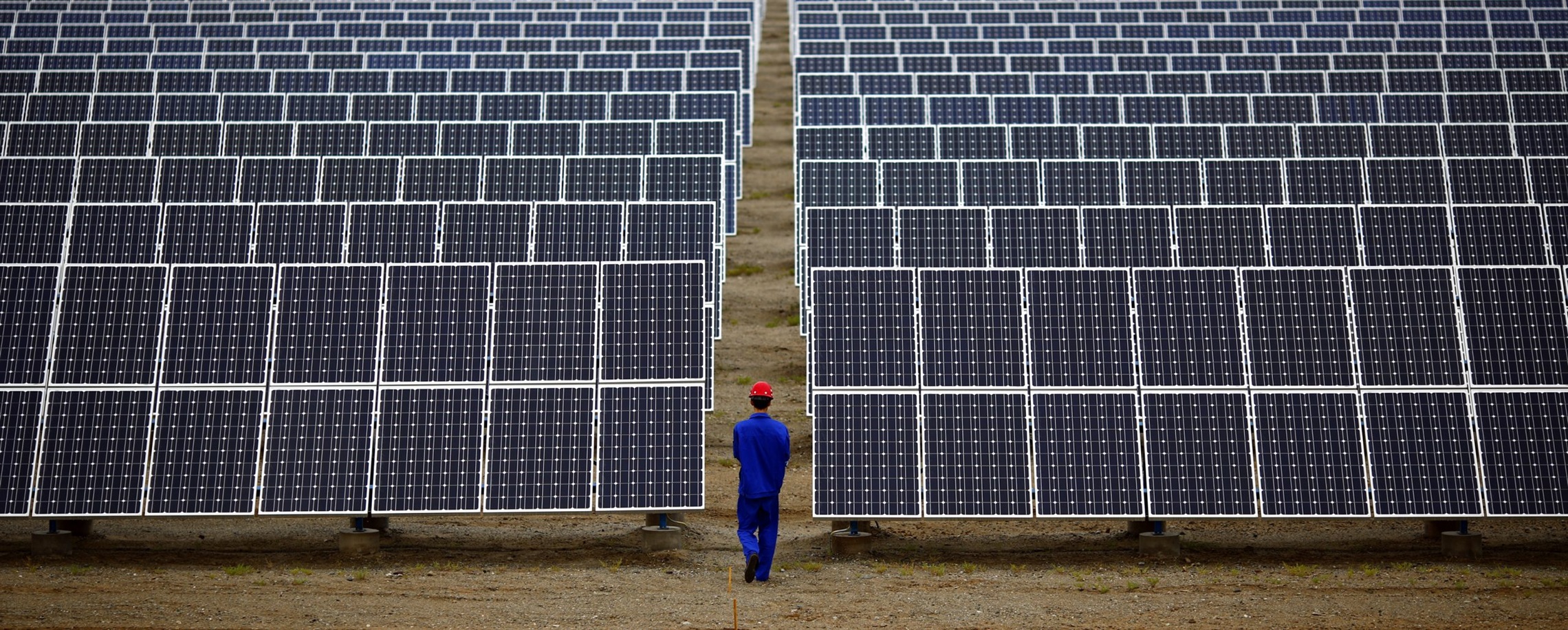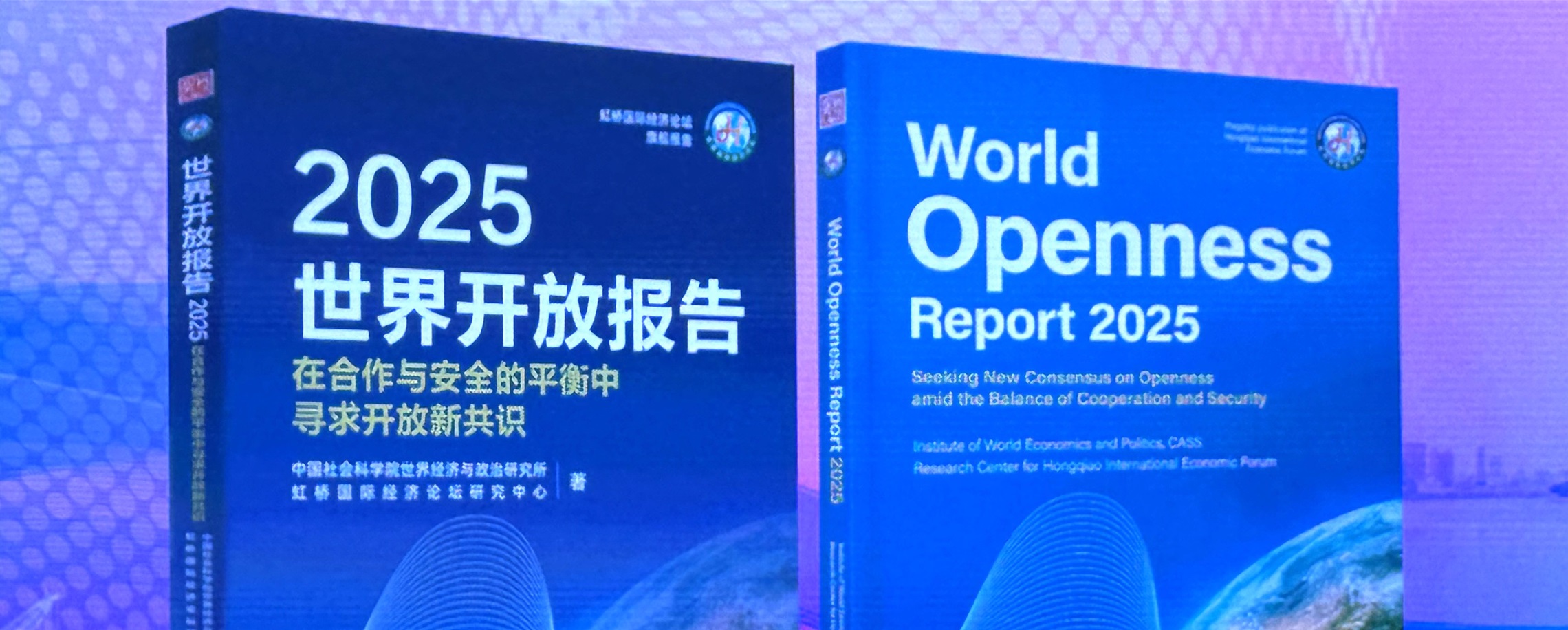Hydrogen power ignites low-altitude economy

Hydrogen energy is emerging as a transformative power source across various industries, especially within the burgeoning low-altitude economy. Unmanned aerial vehicles (UAVs), commonly known as drones, are at the forefront of this revolution.
During an on-site UAV demonstration in Shanghai on Monday, China Biz Buzz learned that hydrogen fuel cells are enabling extended flight durations for these aircraft.
Expanding horizons for drone applications
Unlike traditional lithium battery-powered drones, hydrogen-fueled counterparts offer superior energy density, allowing them to stay airborne for hours rather than minutes. For instance, a drone developed by JM Propulsion, incubated by students and professors from Tongji University, is capable of flying up to 196 minutes, more than triple the endurance of lithium battery-powered drones.

This extended endurance opens up new possibilities for critical applications, from long-range infrastructure inspection and precision agriculture to extended search-and-rescue missions and efficient last-mile delivery. The integration of hydrogen power into drones marks a significant step toward sustainable and highly efficient aerial operations, solidifying its role as a key driver in the future of the low-altitude economy.
These long-range models are already being deployed in surveying and mapping for energy firms, disaster relief and logistics. While high costs and insufficient hydrogen refueling infrastructure currently constrain the technology in the automotive market, JM Propulsion say it's a perfect fit for the industrial drone market. The company has also developed a hydrogen-fueled drone that can carry 50 kilograms of goods, with a flight time exceeding one hour.
Another firm, Zhejiang-based Hydrogen Craft, showcased a hydrogen-fueled model modified from a DJI drone, tripling its flying range. This model is being used to deliver drugs and goods on flights over 20 kilometers in Zhoushan, an archipelago in Zhejiang Province.
All the companies on-site said that a major risk associated with hydrogen fuel technology – overheating and fire – has been solved through recent technical developments.
Innovations and market growth
Another highlight was a shared drone project developed by Shanghai-based Haochi. The company has deployed over 20 cabins containing drones in tourist and cultural sites, allowing visitors to rent drones for 68 to 88 yuan (US$9.5-12.2) per flight or 288 yuan for a day.

Over 100 low-altitude applications were showcased outdoors in Shanghai, attracting more than 1,000 attendees on Sunday and Monday. The demo serves as a prelude to the city's first "low-altitude economy" exhibition, the 2025 International Advanced Air Mobility Expo, scheduled from Wednesday to Friday.
The expo is expected to draw over 300 exhibitors and attract 50,000 attendees, spotlighting a strategic industry poised for massive growth in China. The low-altitude economy, a key focus in China's development blueprint, is projected to become a trillion-yuan market, potentially reaching 3.5 trillion yuan by 2035.
The event will feature dozens of global and domestic debuts, including innovative aerial vehicles such as a "flying ambulance" developed in Xi'an, and both an "Air Jeep" and a hydrogen-powered air taxi developed in Shanghai. Several low altitude firms will announce new deals secured at the event, according to organizers and companies.




In Case You Missed It...




